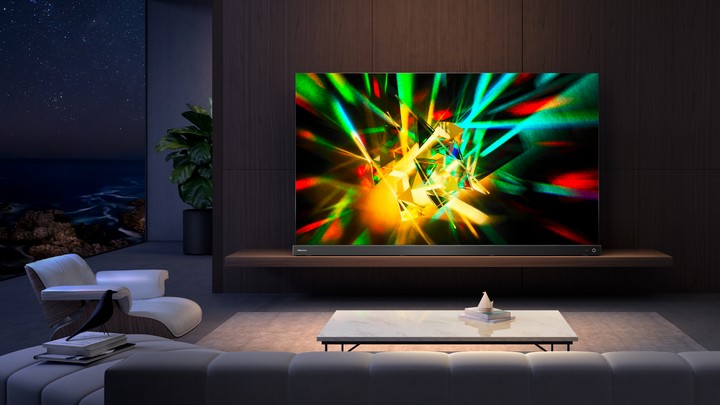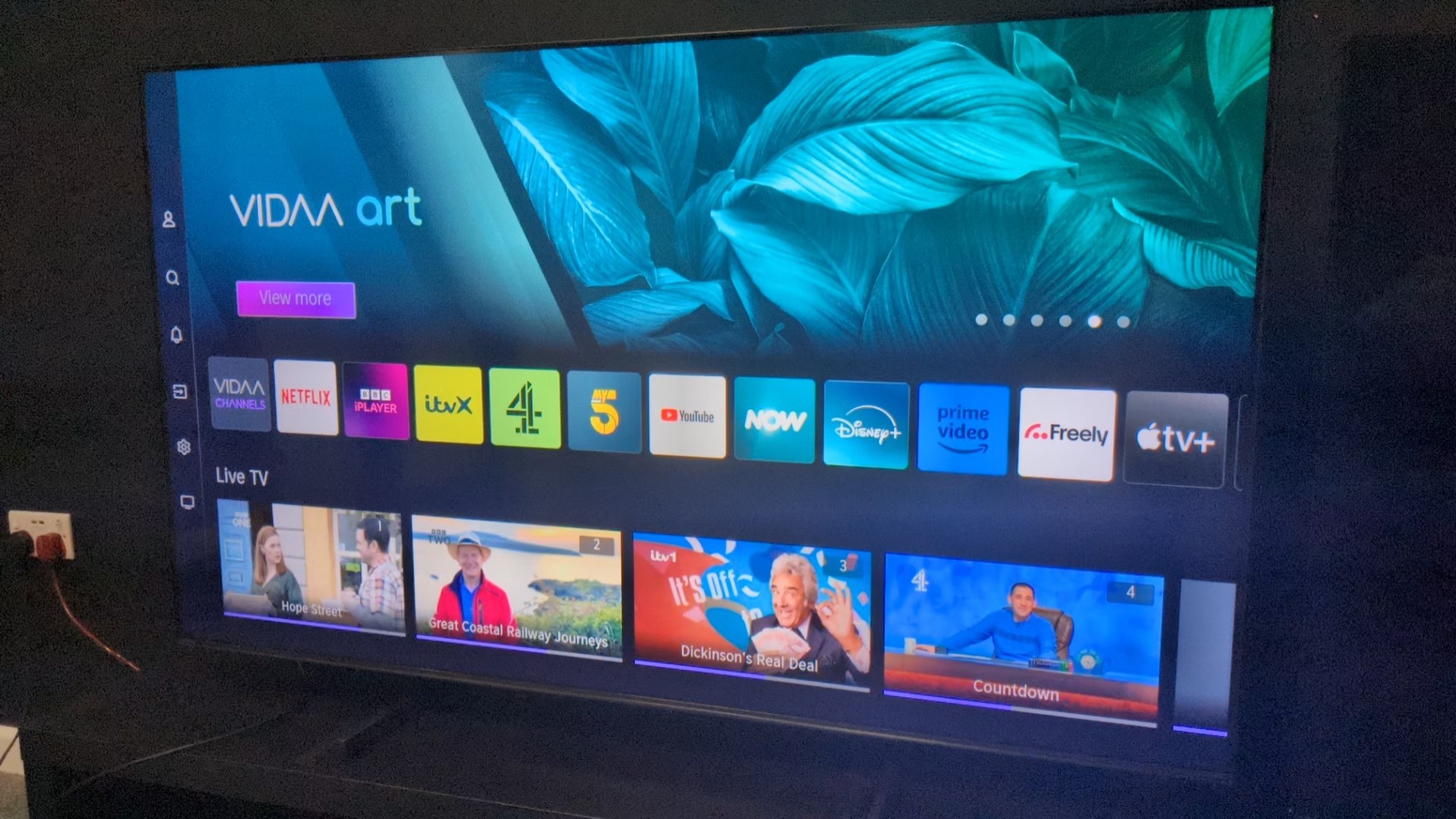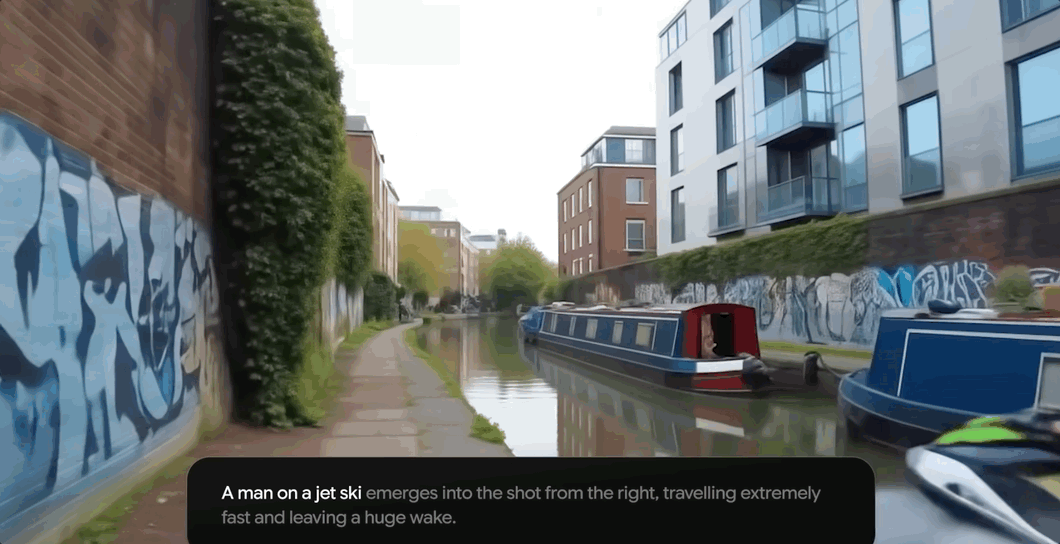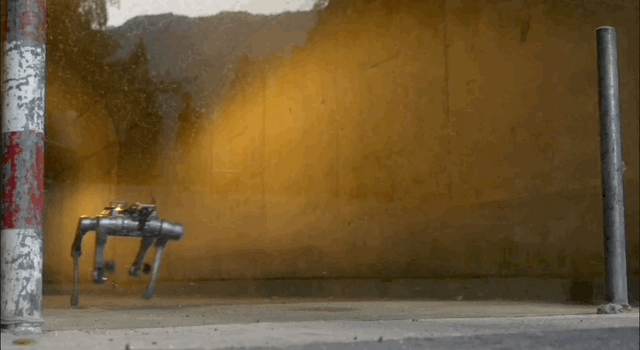- “Up to” 8 years of software updates for Hisense TVs
- Only applies to TVs running VIDAA smart TV platform
- Most of Hisense’s TVs sold in the US use software such as Google TV or Fire TV instead
When you’re spending big bucks on a new TV – or even small bucks – you want to be sure that your purchase is going to last: while we tend to change our phones every year or two, most people stick with the same TV for nearly a decade. So it’s great to see Hisense promising to deliver eight years of software updates to its TVs.
Kinda.
There’s a bit of ambiguity here, and the announcement is also specific to Hisense’s TVs running Hisense’s VIDAA operating system. In the US, most Hisense TVs run other software: where there are currently 11 VIDAA models listed on the Hisense USA site, there are 157 models running Android TV, Fire TV, Google TV or Roku TV.
So what’s really being promised here, and how does it compare?

What is Hisense “up to”?
The news comes via FlatpanelsHD, but Hisense actually made its promise at the beginning of this year in a press release. According to the firm, it was “setting a new industry standard by offering up to eight years of updates for its smart TV viewing platform.”
It went on to explain that by eight years of updates, it meant:
- Enhanced Security: Regular updates protect personal data and maintain platform integrity in a rapidly changing digital landscape.
- App Compatibility: You can keep streaming services and entertainment apps current with the latest features and functionality.
- Performance Boosts: You’ll be sure to benefit from new features and refinements that improve your viewing experience over time.
- Longevity & Value: The lifespan of your TV will consequently be extended without the need to undergo hardware upgrades.
And that’s all good, but of course the devil is in the detail: the term “up-to-8-year updates program” was used by VIDAA product VP Tal Bone, and “up-to-8-year” is not the same as eight years for everyone.
Hisense is basically right when it says it’s setting a new industry standard, because its eight years is longer than the seven years offered by Samsung on its Tizen TVs and the four webOS upgrades promised by LG (which basically equates to five years of upgrades if you buy a TV in the same year it launches).
But as I mentioned above, there are caveats here: it will apply much more broadly in Europe than in the US, we don’t know which sets might get fewer than than eight years of updates, and it doesn’t specify whether it applies only to new 2025 TVs or to older models too.
Still, it’s something we’re happy to see the company committing to – any improvement in making sure that the smart TV side of today’s models lasts as well as the picture-creating side is welcome.






